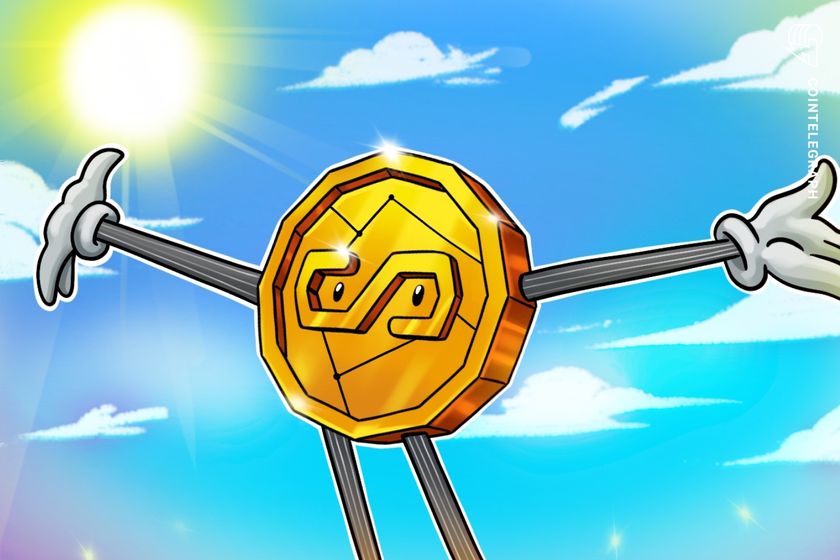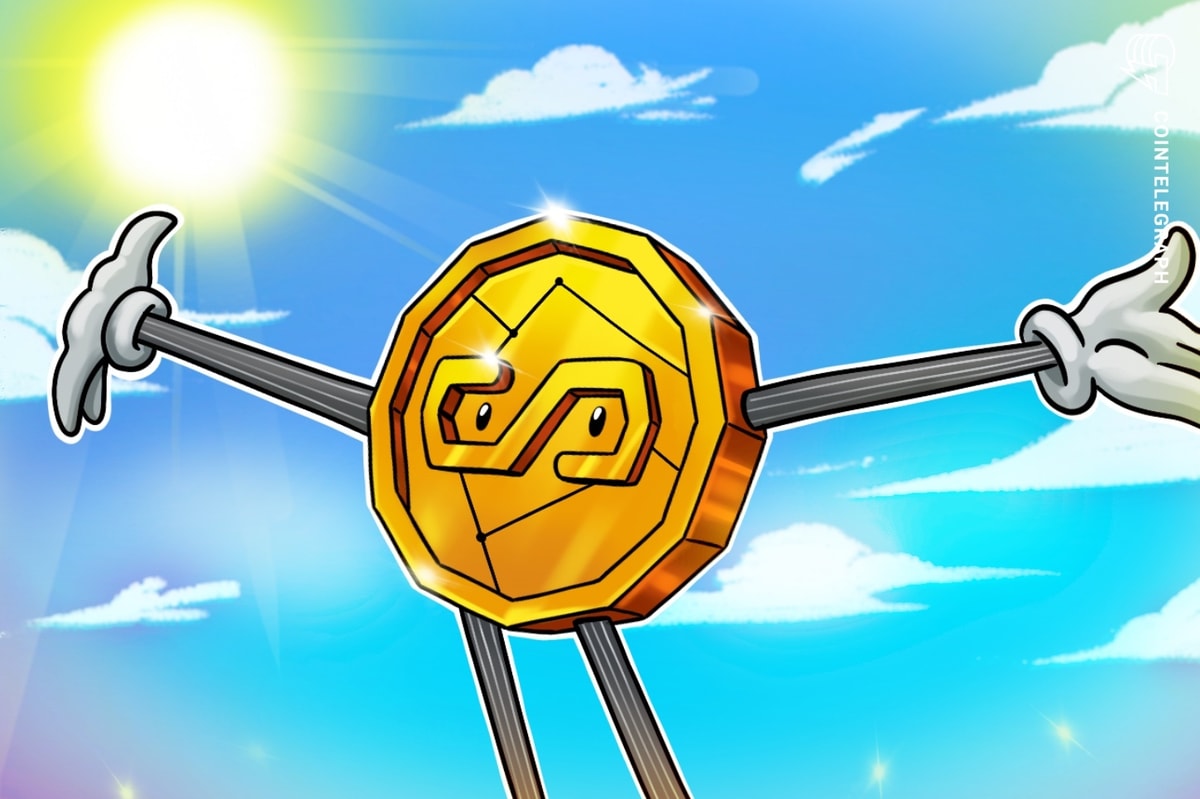Opinion by: Merav Ozair, PhDLately, stablecoins are everywhere — this time around, headed by “traditional” financial institutions. Bank of America and

Opinion by: Merav Ozair, PhD
Lately, stablecoins are everywhere — this time around, headed by “traditional” financial institutions. Bank of America and Standard Chartered are considering launching their own stablecoin, joining JPMorgan, which launched its stablecoin, JPM Coin — rebranded as Kinexys Digital Payments — to facilitate transactions with their institutional clients on their blockchain platform, Kinexys (formerly Onyx).
Mastercard plans to bring stablecoins to the mainstream, joining Bleap Finance, a crypto startup. The aim is to enable stablecoins to be spent directly onchain — without conversions or intermediaries — seamlessly integrating blockchain assets with Mastercard’s global payment rails.
In early April 2025, Visa joined the Global Dollar Network (USDG) stablecoin consortium. The company will become the first traditional finance player to join the consortium. In late March 2025, NYSE parent Intercontinental Exchange (ICE) announced that it is investigating applications for using USDC (USDC) stablecoin and US Yield Coin within its derivatives exchanges, clearinghouses, data services and other markets.
Why the renewed interest in stablecoins?
Regulatory clarity and acceptance
Recent moves by regulatory bodies in the United States and Europe have created more straightforward guidelines for cryptocurrency use. In the US, Congress is considering legislation to establish formal standards for stablecoins, bolstering confidence among banks and fintech companies.
The European Union’s Markets in Crypto-Assets regulation requires that stablecoin issuers operating within the EU adhere to specific financial standards, including special reserve requirements and risk mitigation. In the UK, financial authorities plan to conduct consultations to draft rules governing stablecoin use, further facilitating their acceptance and adoption.
The Trump administration executive order 14067, “Strengthening American Leadership in Digital Financial Technology,” supports and “promotes the development and growth of lawful and legitimate dollar-backed stablecoins worldwide” while “prohibiting the establishment, issuance, circulation, and use of a CBDC within the jurisdiction of the United States.”
This executive order, followed by Trump’s World Liberty Financial company launching a stablecoin called USD1, signals that this is the era of stablecoins, particularly those pegged to the USD.
Do we need more stablecoins?
The stablecoin landscape
There are over 200 stablecoins, most pegged to the US dollar. Two established stablecoins dominate the stablecoin landscape. Tether’s USDt (USDT), the oldest stablecoin, launched in 2014 and USDC, launched in 2018, capturing 65% and 28% of stablecoins market cap, respectively — both are centralized fiat collateralized.
Recent: Crypto wanted to overthrow banks, now it’s becoming them in stablecoin fight
In third place, a relatively new one, USDe, launched in February 2024, holds about 2% of the stablecoin market cap and has an unconventional mechanism based on derivatives in the crypto market. Although it runs on a DeFi protocol on Ethereum, it incorporates centralized features since centralized exchanges hold the derivatives positions.
There are three primary mechanisms of stablecoins:
-
Centralized, fiat-collateralized: A centralized company maintains reserves of the assets in a bank or trust (e.g., for currency) or a vault (e.g., for gold) and issues tokens (i.e., stablecoins) that represent a claim on the underlying asset.
-
Decentralized, cryptocurrency-collateralized: A stablecoin is backed by other decentralized crypto assets. One example can be found in the MakerDAO stablecoin Dai (DAI), which is pegged to the US dollar and encapsulates the features of decentralization. While a central organization controls centralized stablecoins, no one entity controls the issuance of DAI.
-
Decentralized, uncollateralized: This mechanism ensures the stability of the coin’s value by controlling its supply through an algorithm executed by a smart contract. In some ways, this is no different from central banks, which also don’t rely on reserve assets to keep the value of their currency stable. The difference is that central banks, like the Federal Reserve, set a monetary policy publicly based on well-understood parameters, and its status as the issuer of legal tender provides the credibility of that policy.
Depegging, risk and fraudsters
Stablecoins are supposed to be stable. They were created to overcome the inherent volatility of cryptocurrencies. To maintain their stability, stablecoins should (1) be pegged to a stable asset and (2) follow a mechanism that sustains the peg.
If stablecoins are pegged to gold or electricity, they will reflect the volatility of these assets and thus may not be the best choice if you are seeking a no-risk (or close to no-risk) asset.
USDe maintains a peg to the USD through delta hedging. It uses short and long positions in futures, which…
cointelegraph.com
